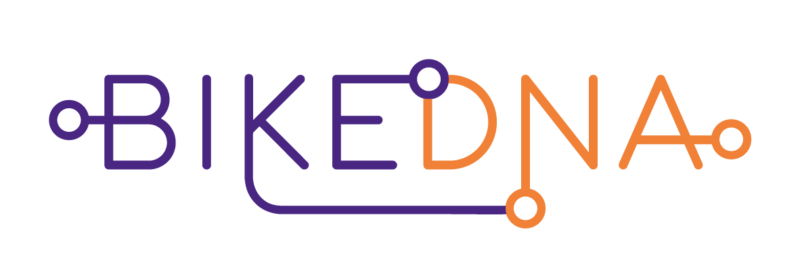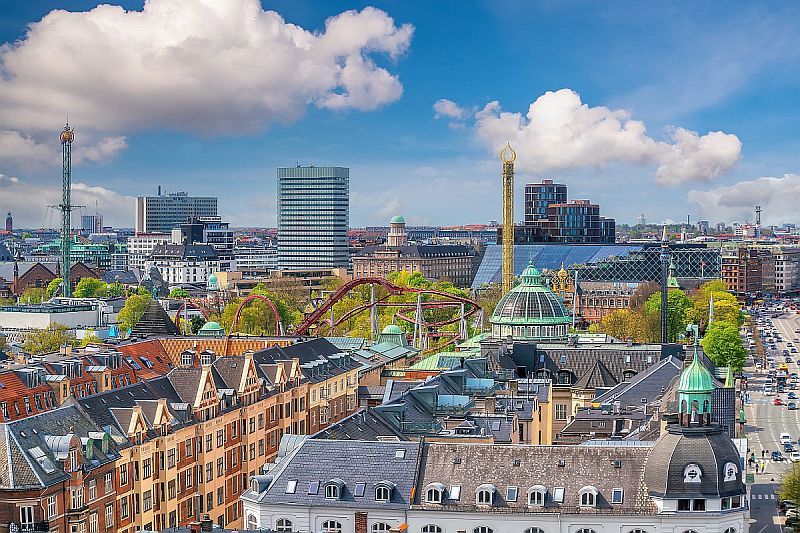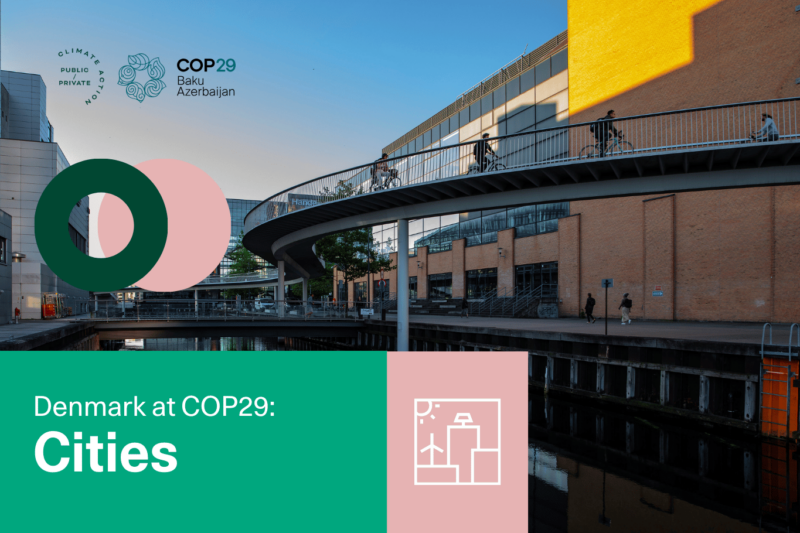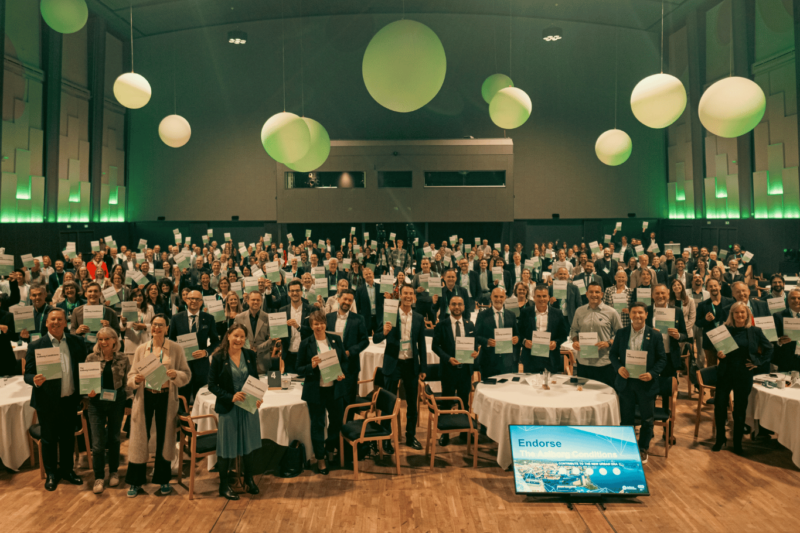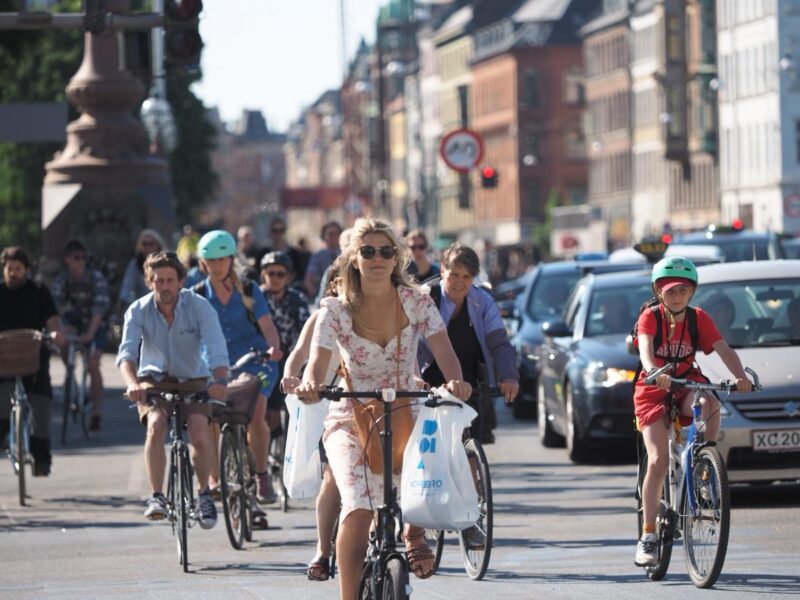News
Public transportation
Urban mobility
New metro line opens – Copenhagen’s largest construction project in 400 years
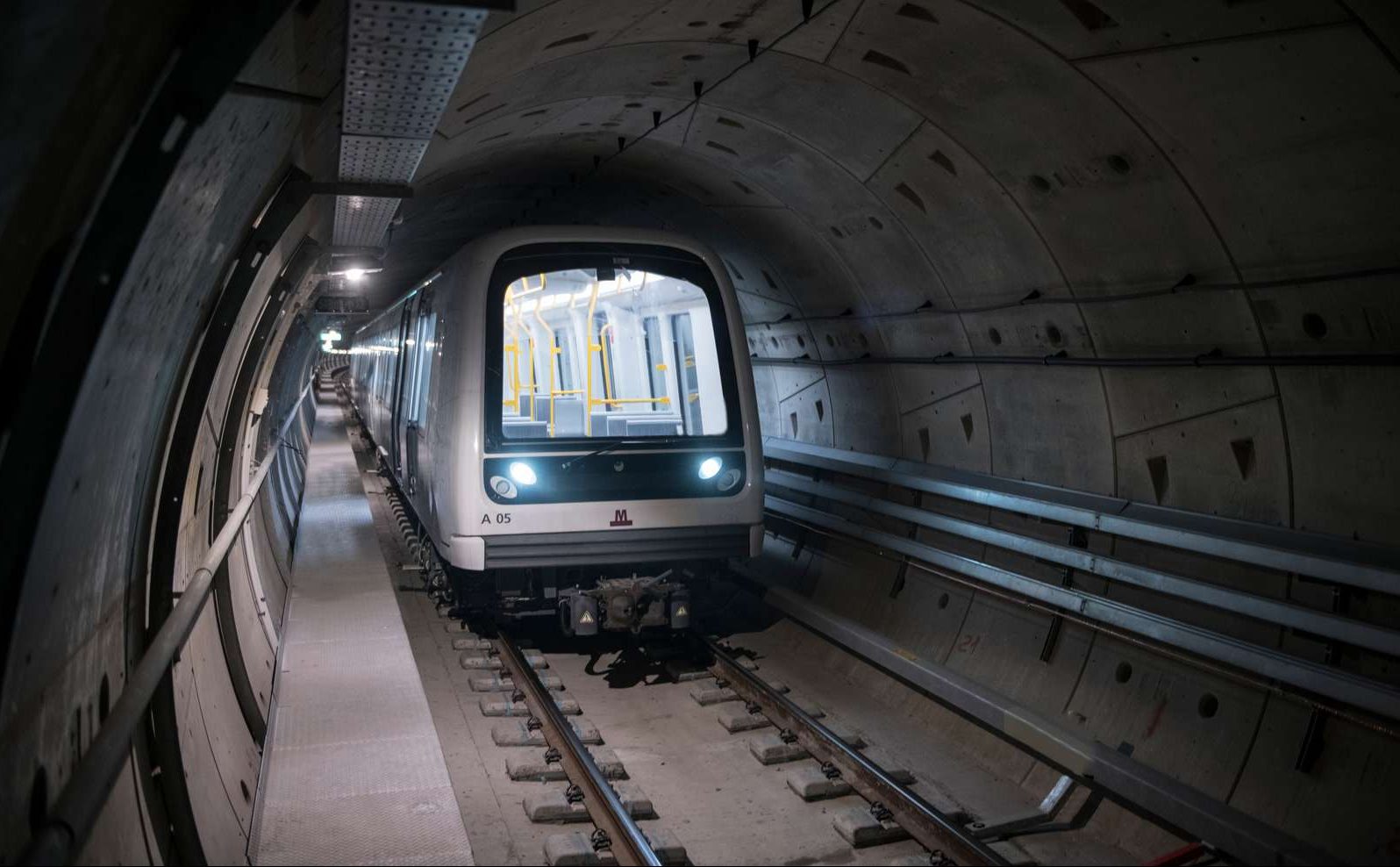

Moving around Copenhagen’s inner city just got easier. After eight years of metro construction, the M3 City Circle Line (In Danish: Cityringen) opened yesterday on 29 September, 2019. The opening of the new, cohesive metro network was celebrated with great public rejoicing, opening ceremony and free transport for the customers of the Metro.
The Lord Mayor of Copenhagen, Frank Jensen, took part in the celebrations:
”When Cityringen opens, we can travel underground to work, family and friends with sustainable, public transport, which will tie the city even better together. It will change Copenhagen's everyday life - and pave the way for an even greener capital…,” says Lord Mayor of Copenhagen, Frank Jensen (S).
-Related solution: Making the city move - Copenhagen metro
Increasing passenger numbers
In 2018, 64.7 million passengers rode the Metro, which is an increase of about 1.2 million passengers compared to 2017 and accordingly the highest number of passengers the Metro has had since the opening in 2002.
With the capital's new metro line, public transport will gain a significant boost, and the number of passengers using the Metro is expected to double to 122 million already by 2020. Stations with access to the metro will become new traffic hubs in the municipalities of Copenhagen and Frederiksberg.
”... It is expected that the new metro network will help to reduce congestion and creates new traffic hubs that can ensure a stronger and more efficient public transport network in the capital. The construction of the metro is a great improvement – not only to those living in the city – but also for commuters, tourists and other visitors,” says the Danish Minister for Transport, Benny Engelbrecht (S).
-Related solution: Nørreport Station - Optimising flow and bicycle parking at Denmark's busiest traffic hub
With its 17 new stations, the City Circle Line will transform the capital. Partly because of the many new urban spaces that are created around the stations, but primarily because of how the city is tied together.
The City Circle Line ties the city together
The City Circle Line’s 15.5 kilometres long underground tunnels make it easy and fast for customers to travel between Vesterbro, Frederiksberg, Nørrebro, Østerbro and Inner city. At three new stations, it will be possible to interchange to S-Train, which ties the public transport by metro, buses, S-Train, and regional trains even closer together.
”With Cityringen we go from a metro line to an actual metro network. It will change the way we use the city and leave its mark on the city life for many years to come. With three very beautiful metro stations, the rest of the capital is tied closer to Frederiksberg. I look forward to … provide future generations with a sustainable means of transport that contributes tremendously to Frederiksberg's high climate ambitions”, says the Mayor of Frederiksberg, Simon Aggesen (K).
17 new urban spaces
The City Circle Line also gives the capital 17 new urban spaces, where the municipalities of Copenhagen and Frederiksberg have decided the layout. The areas around the stations reflect the local area. Therefore, they vary in design depending on the surroundings and their particular characteristics and the ambience.
For example, at the new metro station at the City Hall Square, a small grove of trees, benches and bike path has been established, while the station area by Marmorkirken is casted with a blend of granite and concrete stone and is intended as space, where people can sit and have a break. At Frederiksberg station, the area becomes a lively centre for students, businesses, shoppers, bikes and pedestrians, which both provide space for a tranquil stay and the city’s vibrant life. At The City Circle Line’s station areas more than 150 benches will be installed and about 800 trees will be planted.
Facts about the City Circle Line
- The City Cirle Line is the city's new metro line M3, which with 17 new stations will connect Vesterbro, Frederiksberg, Nørrebro, Østerbro, and Inner City.
- The City Cirle Line is the largest unified construction project in 400 years since Christian IV founded Christianshavn. The contracts to build the City Cirle Line were signed in 2011.
- The City Cirle Line will be driverless and will operate around the clock just as the existing metro, and during peak hours there will be a maximum of three minutes between the departures.
- When the City Cirle Line opens, nine out of the ten most-used stations in Denmark will have a metro station.
- With the City Cirle Line and the upcoming metro lines to Nordhavn (2020) and Sydhavn (2024), Copenhagen gets 24 new metro stations.
- Thus, from 2024, the capital will have 44 Metro stations that tie large parts of the city together.
Sources: The Metro Company and COWI
Photos: The Metro Company
You should consider reading
solutions
Urban infrastructure planning
+2
SuperBlockify
15 November 2024events
Urban planning and development
+7

